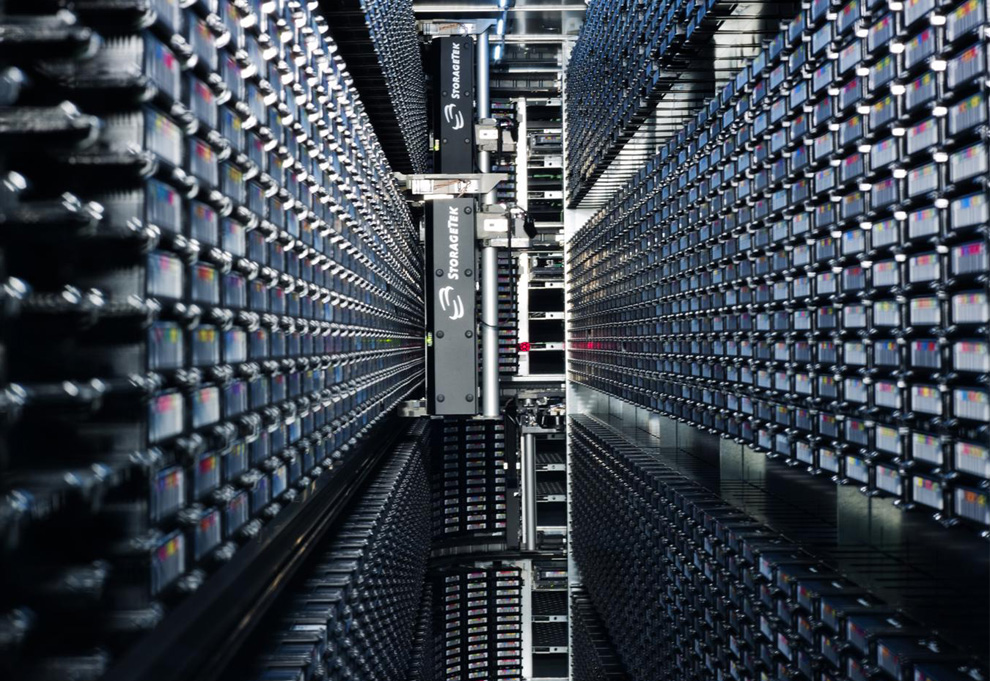The big promise of big data, according to Kirk Bome in a TED presentation (see below), is helping us find “small connections” between large numbers of data points that will have profound meaning for the questions scientists, researchers and engineers are trying to answer. Bome compares it to the idea of “6 degrees of separation” in which, if we look, we discover incredible connections between or amongst people and phenomena.
Competitive Companies Will Lead in the Adoption of Big Data Analytics
A company called CIR Food uses big data analytics to predict demand and save $2.5 million a year. According to McKinsey & Company, access to “big data” is the next frontier for innovation and productivity; companies that integrate information from multiple data sources and third parties will be the most competitive, leaving laggards far behind.
Researchers estimate the overall size of data available on the Internet and private networks will double each year between now and 2020. In addition, the amount of knowledge created in the last 10 years is greater than all the knowledge produced by humanity over its entire history. If these estimates are accurate, we have a lot of information to process and a lot of new breakthroughs just over the horizon.
Big data analytics will attempt to provide insights into this huge amount of data by analyzing shopping transactions, social networks, geographical data, environmental data, medical information, etc. Part of the challenge of analyzing “big data” is to unshackle it from “silos” where it is currently collected and kept inside organizations and companies.
Big Data for Big Decisions
The main attraction of using “big data” is that decision-makers will better be able to understand and make decisions about huge scale questions and challenges that were previously unimaginable. A company called HPCC Systems has created an open source, data intensive supercomputing platform that crunches “big data” analytical problems. The service is available to researchers working on a variety of heretofore very difficult problems: uncovering healthcare fraud, helping advance access to safe drinking water in the developing world and treat diseases. For example, the National Center for Tumor Diseases (NCT) uses “big data” to provide more effective cancer therapy.
According to IBM, there are five areas or dimensions that need to be analyzed in order to turn “big data” into a valuable resource: organization, infrastructure, data management, analytics and governance. EMC, the storage company, and others, are developing scalable storage solutions to help store and manage the data. Cisco supports three types of big data analytics: Hadoop, NoSQL and MPP databases.
According to Professor Viktor Mayer-Schonberger of Oxford’s Internet Institute, “big data” will allow analysis of complete and entire background populations rather than the traditional sampling method.
Related articles on IndustryTap:
- Can Evolutionary Algorithms & Big Data Deliver?
- Big Data Is Now the Hottest Sector in IT
- Big Data Leads to New Models of Earth’s Wind, Weather and Ocean Patterns
References and related content:







